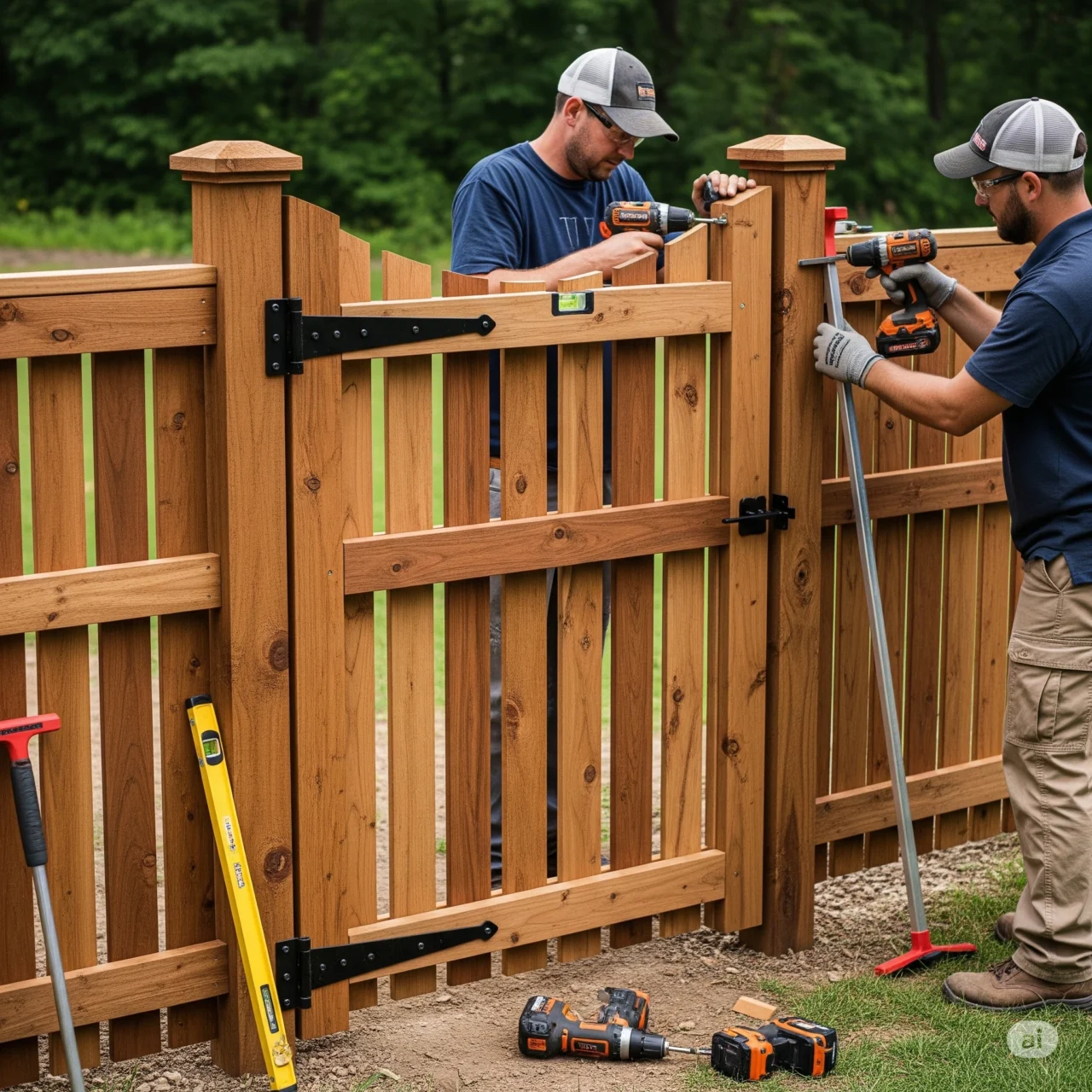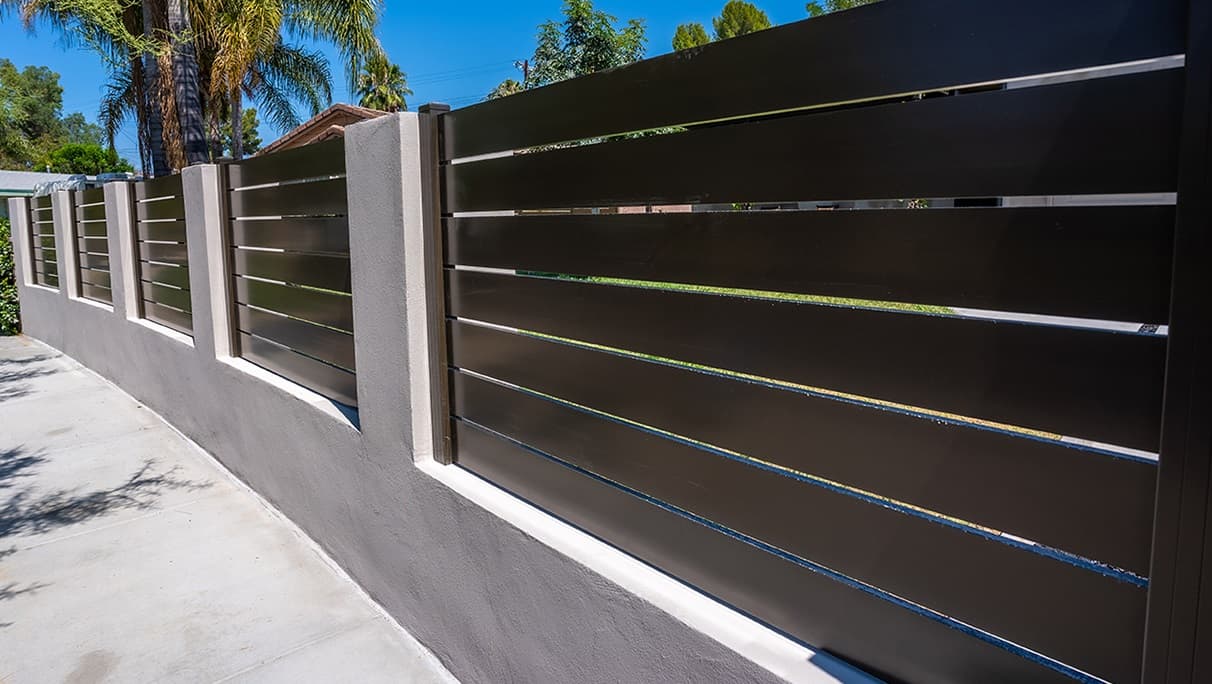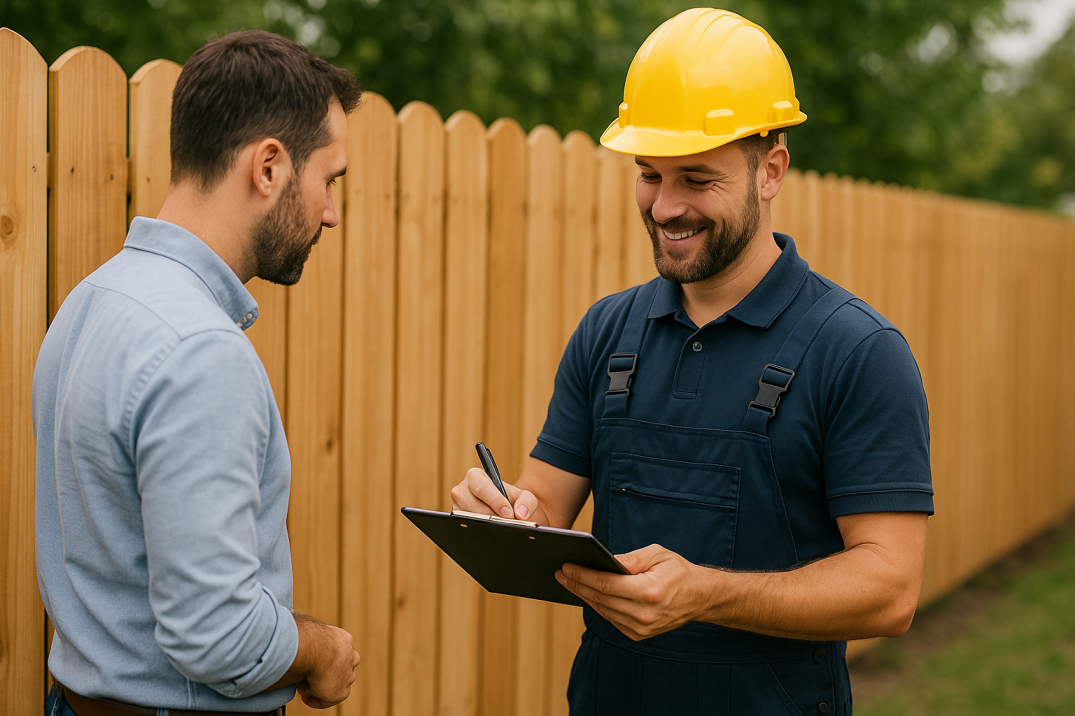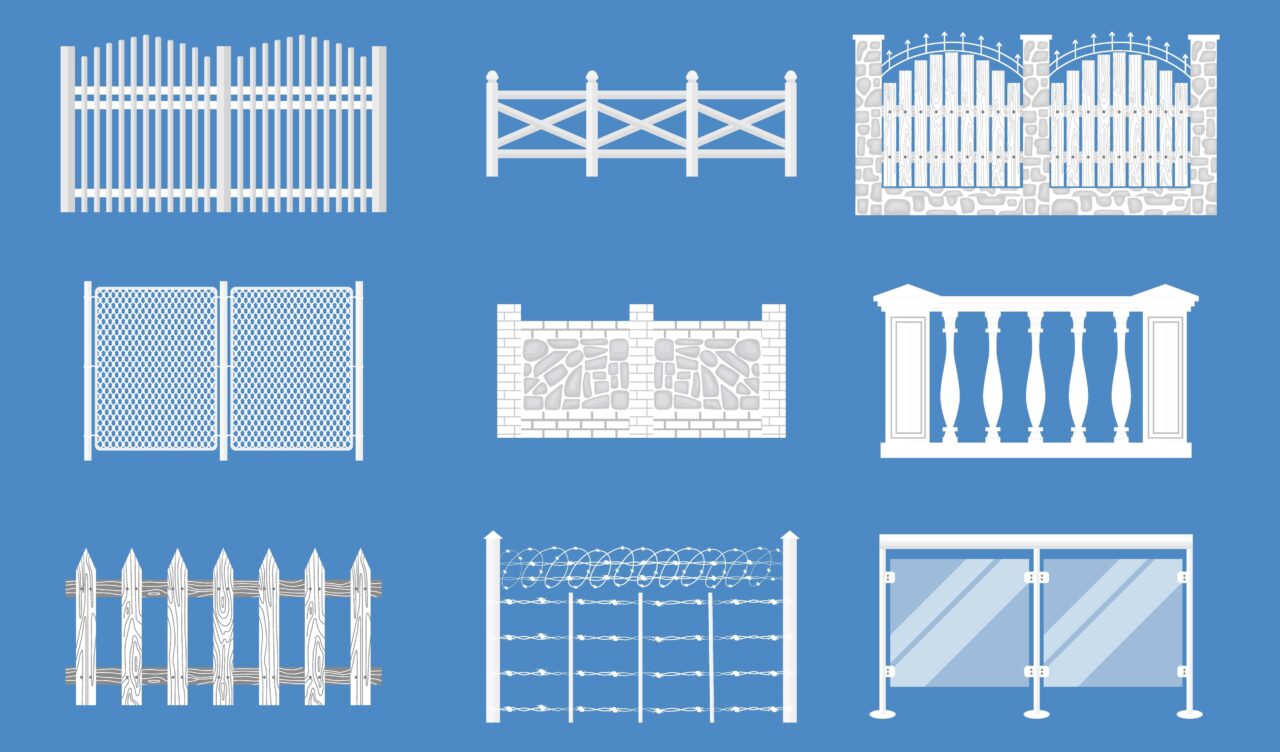A well-crafted wood fence gate is more than just an entryway—it’s a functional and aesthetic addition that enhances your property’s security, charm, and value. At Super Fabrications, we specialize in designing and installing custom wood fence gates that complement your existing fence and meet your specific needs. Serving Fairfax County, Fairfax City, Loudoun County, Alexandria, Arlington, and Maryland, our expert fence installation services deliver durability, style, and precision.
In this blog, we’ll explore the benefits of wood fence gates, customization options, and why Super Fabrications is your trusted partner for creating the perfect gate for your property.
Why Choose a Wood Fence Gate?
Wood fence gates offer a timeless appeal and practical functionality, making them a popular choice for homeowners and businesses. Here’s why they’re an excellent addition to your property:
-
Natural Beauty: Wood gates provide a warm, classic look that blends seamlessly with any landscape or architectural style.
-
Versatility: Customizable in size, style, and finish, wood gates can be tailored to match your fence and property aesthetic.
-
Security: A sturdy wood gate adds an extra layer of protection, keeping pets, children, or private areas secure.
-
Durability: When properly treated and maintained, wood gates are long-lasting and resilient.
-
Property Value: A well-designed gate enhances curb appeal, increasing your property’s marketability.
At Super Fabrications, our wood fence gate installation services ensure you get a gate that’s both beautiful and built to last.
Benefits of Installing a Wood Fence Gate
Adding a wood fence gate to your property offers numerous advantages:
-
Enhanced Accessibility: Gates provide convenient access to your yard, garden, or driveway while maintaining security.
-
Improved Privacy: A solid wood gate creates a private enclosure, ideal for backyards or secluded areas.
-
Pet and Child Safety: Wood gates keep pets and children safely contained while allowing them to enjoy outdoor spaces.
-
Aesthetic Appeal: Custom designs, stains, and finishes make wood gates a stunning focal point for your property.
-
Customizable Functionality: Choose from swinging, sliding, or double gates to suit your property’s layout.
Our team at Super Fabrications works with you to design a gate that meets your functional needs and elevates your property’s appearance.
Types of Wood Fence Gates Offered by Super Fabrications
We offer a variety of wood fence gate styles to suit different preferences, purposes, and budgets. Here are our top options:
1. Single Swinging Gates
Single swinging gates are ideal for smaller entryways or pedestrian access. They’re simple, elegant, and easy to operate.
-
Benefits: Space-efficient, customizable, and cost-effective.
-
Best For: Small yards or garden entrances.
2. Double Swinging Gates
Double gates provide a grand entrance for driveways or larger properties. They offer a wider opening for vehicles or equipment while maintaining a cohesive look with your fence.
-
Benefits: Wide access, stylish, and secure.
-
Best For: Driveways or large properties.
3. Sliding Wood Gates
Sliding gates are perfect for properties with limited space or sloped terrain. They glide smoothly along a track, offering convenience and style.
-
Benefits: Space-saving, modern, and durable.
-
Best For: Properties with spatial constraints or modern aesthetics.
4. Privacy Wood Gates
Designed for seclusion, privacy gates feature solid panels to block visibility and enhance security. They’re ideal for backyards or private areas.
-
Benefits: Maximum privacy, noise reduction, and customizable designs.
-
Best For: Homeowners seeking a private outdoor space.
5. Ornamental Wood Gates
Ornamental gates combine functionality with decorative elements like lattice tops or carved details, adding a touch of elegance to your property.
-
Benefits: Stylish, customizable, and durable.
-
Best For: Properties aiming for a premium, decorative look.
Why Super Fabrications for Wood Fence Gate Installation?
At Super Fabrications, we’re committed to delivering exceptional fence installation services with a focus on quality craftsmanship and customer satisfaction. Here’s what sets us apart:
1. Personalized Design Consultation
Our process begins with an on-site consultation to assess your property and discuss your vision. We consider your fence style, property layout, and local regulations in Fairfax County, Alexandria, Arlington, and Maryland to design a gate that fits seamlessly.
2. High-Quality Materials
We use premium-grade wood, such as cedar or pressure-treated pine, to ensure durability and resistance to weathering. Our gates are treated with high-quality stains or sealants to enhance longevity and appearance.
3. Expert Craftsmanship
Our skilled team installs wood fence gates with precision, using advanced tools and techniques to ensure a secure, level, and polished finish. We complete most projects efficiently, often in a single day.
4. Financing Options
We offer flexible financing plans to make your wood fence gate installation affordable. Contact us to learn more about our payment options.
5. Outstanding Customer Service
Our dedication to customer satisfaction is reflected in reviews from clients who praise our professionalism, responsiveness, and ability to deliver high-quality gates at competitive prices.
The Super Fabrications Installation Process
Our wood fence gate installation process is designed to be seamless and stress-free:
-
Consultation: We visit your property to evaluate your needs, measure the area, and provide a detailed quote.
-
Custom Design: We create a tailored gate design that matches your fence and property aesthetic, ensuring compliance with local regulations.
-
Material Selection: We source high-quality wood and hardware to meet your specifications.
-
Installation: Our team installs your gate with precision, ensuring proper alignment and durability.
-
Final Inspection: We conduct a walkthrough to ensure the gate meets your expectations and functions flawlessly.
This process ensures a high-quality gate that enhances your property’s functionality and beauty.
Wood Fence Gates vs. Other Materials
When choosing a gate, it’s helpful to compare wood to other materials:
-
Wood vs. Aluminum: Wood offers a warm, natural look but requires more maintenance than aluminum, which is rust-resistant and low-maintenance.
-
Wood vs. Vinyl: Vinyl gates are low-maintenance and weather-resistant but lack the natural charm of wood. Wood gates can be customized with stains for a unique look.
-
Wood vs. Iron: Iron gates are strong and ornate but prone to rust. Wood provides a more affordable, customizable alternative.
At Super Fabrications, we recommend wood gates for their timeless appeal and versatility, paired with proper maintenance to ensure longevity.
Maintenance Tips for Wood Fence Gates
To keep your wood fence gate in top condition, follow these maintenance tips:
-
Apply Sealant or Stain: Protect your gate from moisture and UV damage by applying a sealant or stain every 2–3 years.
-
Regular Cleaning: Wash your gate with mild soap and water to remove dirt and prevent mold.
-
Inspect Hardware: Check hinges, latches, and screws for wear and lubricate moving parts for smooth operation.
-
Repair Damage Promptly: Address scratches, cracks, or warping quickly to prevent further deterioration.
Our team is available to provide maintenance guidance or repair services to keep your gate looking and functioning its best.
Customer Success Stories
Our clients’ feedback highlights the quality of our wood fence gate installation services:
-
Lisa from Arlington: “Super Fabrications installed a beautiful wood gate for our backyard. The craftsmanship is outstanding, and it perfectly matches our existing fence!”
-
James from Fairfax County: “We needed a double gate for our driveway, and Super Fabrications delivered a sturdy, stylish solution in just one day. Highly recommend!”
These testimonials reflect our commitment to excellence and customer satisfaction.
Serving Fairfax, Alexandria, Arlington, and Maryland
Super Fabrications proudly serves Fairfax County, Fairfax City, Loudoun County, Alexandria, Arlington, and Maryland. Our expertise in local regulations ensures a smooth installation process, whether you’re in a suburban neighborhood or an urban area.
Why a Wood Fence Gate is a Smart Investment
A wood fence gate is an investment in your property’s security, accessibility, and aesthetic appeal. At Super Fabrications, we’re dedicated to delivering wood fence gate installation services that exceed expectations. Our focus on quality materials, expert craftsmanship, and exceptional service makes us the premier choice for fence installation services in the region.
Contact Super Fabrications Today
Ready to enhance your property with a custom wood fence gate? Contact Super Fabrications for a free consultation. Our team is here to guide you through the process, from design to installation. Visit superfabrications.com or call us to learn more about our wood fence gate installation services and financing options. Let us help you create a secure, stylish entrance for your home or business.
⭐⭐⭐⭐⭐ Their craftsmanship is second to none! – Alex K.
Read more reviews





